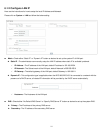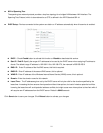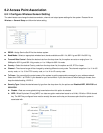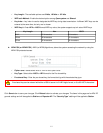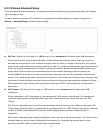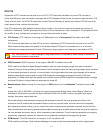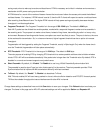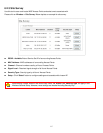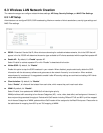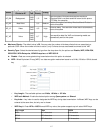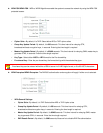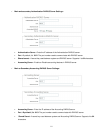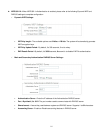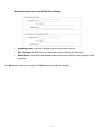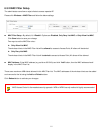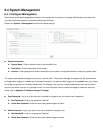
126
6.3 Wireless LAN Network Creation
The network manager can configure related wireless settings, AP Setup, Security Settings, and MAC Filter Settings.
6.3.1 AP Setup
Administrators can configure ESSID, SSID broadcasting, Maximum number of client associations, security type settings and
MAC Filter settings.
ESSID : Extended Service Set ID, When clients are browsing for available wireless networks, this is the SSID that will
appear in the list. ESSID will determine the service type available to AP clients associated with the specified repeater AP.
Enable AP : By default, it’s “Enable” repeater AP.
Select “Enable” to activate repeater AP or click “Disable” to deactivate this function
Hidden SSID : By default, it’s “Disable”.
Enable this option to stop the SSID broadcast in your network. When disabled, people could easily obtain the SSID
information with the site survey software and get access to the network if security is not turned on. When enabled,
network security is enhanced. It’s suggested to enable it after AP security settings are archived and setting of AP clients
could make to associate to it.
Client Isolation : By default, it’s “Disable”.
Select “Enable”, all clients will be isolated from each other, which means they can’t reach each other.
WMM : By default, it’s “Disable”.
Select “Enable”, then packets with WMM QoS will take higher priority.
WMM prioritizes traffic according to four Access Categories (AC) - voice, video, best effort, and background. However, it
does not provide guaranteed throughput. Packets with QoS header including Diffserv/IP ToS and 802.1p will be mapped
into 4 Access Categories of WMM, packets without QoS header will be assigned to the Best Effort queue. Please refer to
the table below for mapping from 802.1p and ToS mapping to WMM:



